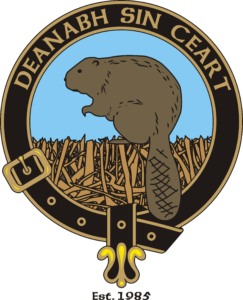7/31/21: Mount Kearsarge Step-by-Step
Saturday's cool dry weather was a delight after weeks of tropical rain and smoky haze (3rd rainiest month at Concord since 1869!). About 1000 we four lugged rock bars and picks and shovels, up Winslow Trail about 0.4 miles, briefly discussing trail fixtures we crossed. We soon came to our worksite, a gully in soil, eroding fast under rains and hikers.
We split into two teams and hunted for rocks uphill of the site: bigger ones with at least one side flat (we got lucky in four of six). We also mined any smaller ones we could move; they are fulcrums, shims, and scree beside steps. We use our rock bars as rails to move rocks over rough terrain.
After our half-hour lunch, we started building from the bottom up. Our biggest rock was slabby, but we set it in a hole deep enough that it sits on the edges and does not wobble.
We then eased the next one down, walking it over ledge, until we landed it on the first one, turned and flipped it to fit the hole we dug for it, and it settled in just behind the lower one, with its bottom front an inch below the first step's top rear. This is called "tuck-behind" steps. We built these first two plus scree rocks at the sides to encourage hikers to use the steps..
Throughout these maneuvers, the crew moved slowly and carefully, talking over each move before they moved on the count of three. These rocks are 300-400 lbs, but no one got hurt and we held hiker traffic at a safe distance when they might have walked into the fall line of a runaway rock. Besides, no one wants to salvage a rock from downhill of the worksite..
By quitting time we had set two new rock steps, but more rocks are staged just uphill. When we return there, we hope to set those remaining, then descend and re-dig ditches, trim limbs, etc .as we return to where the refreshments await us.
We try to be a full-service trail crew as we build fixtures and tend trail. Still fun after all these years...
- Craig Sanborn, CHVTC
